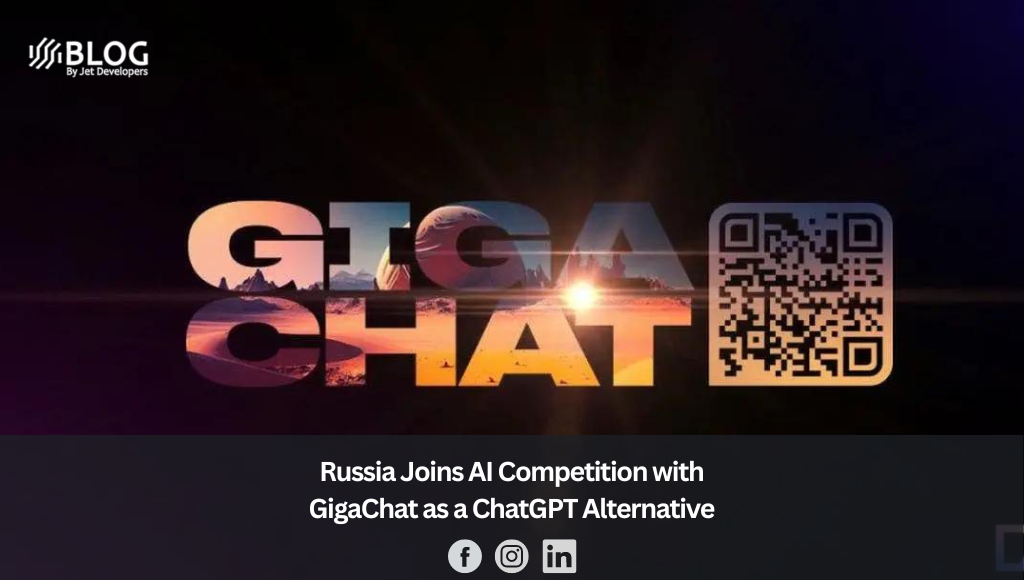The Allen Institute for AI (AI2), founded by Microsoft co-founder Paul Allen, is setting a new standard in the world of open-source language models. The institute introduces OLMo, short for “Open Language MOdels,” alongside the expansive Dolma dataset. OLMo promises not only unparalleled openness but also a licensing approach that empowers developers for training, experimentation, and even commercialization. Let’s delve into the details of OLMo, its unique features, and the potential it holds for the AI community.
The Birth of OLMo: Unleashing Open Source Power
The Open Language MOdels Framework
OLMo stands out in the realm of text-generating models as an open-source framework that takes openness to a new level. Unlike many others in the field, OLMo was not trained “behind closed doors” and does not rely on proprietary, opaque datasets. Developed in collaboration with partners like Harvard, AMD, and Databricks, OLMo comes equipped with not just the models but also the code used to produce training data, along with comprehensive training and evaluation metrics.
Dolma: A Glimpse into the World’s Largest Public Dataset
Dolma, the dataset supporting OLMo, emerges as one of the largest public datasets of its kind. This vast resource is designed to delve into the high-level science behind text-generating AI, providing researchers and practitioners with an opportunity to analyze models trained on a truly open dataset.
OLMo Performance: A Rival to Meta’s Llama 2
Unpacking OLMo 7B
The flagship model, OLMo 7B, emerges as a compelling alternative to Meta’s Llama 2, depending on the application. In specific benchmarks, particularly those related to reading comprehension, OLMo 7B outshines Llama 2. However, in question-answering tests, it falls slightly behind. OLMo proves its mettle as a performer, with code-generation capabilities already at 15%.
Early Days and Future Prospects
While OLMo currently focuses on English-language content and has limitations in non-English languages, the potential for multilingual capabilities is on the horizon. OLMo is poised for growth, with plans to release larger and more capable models, including multimodal variants. The AI2 team envisions a future where OLMo becomes a powerful tool for code-based fine-tuning projects.
Addressing Concerns: Openness vs. Potential Misuse
Benefits Outweigh Harms
Acknowledging concerns about potential misuse, Dirk Groeneveld, senior software engineer at AI2, emphasizes that the benefits of building an open platform far outweigh the risks. OLMo’s accessibility for commercial use, coupled with its performance on consumer GPUs, is a strategic move to foster advancements in AI ethics. Groeneveld sees OLMo as a catalyst for research into the dangers of such models and a driving force for creating more ethical, accessible, and equitable AI.
The Road Ahead
In the coming months, AI2 plans to expand the OLMo family, introducing larger models and additional datasets for training and fine-tuning. All resources, including code and datasets, will be freely available on GitHub and the Hugging Face platform, fostering a collaborative and open-source AI community.






